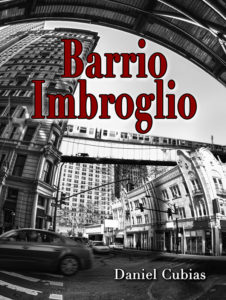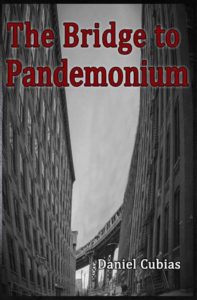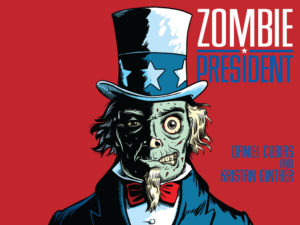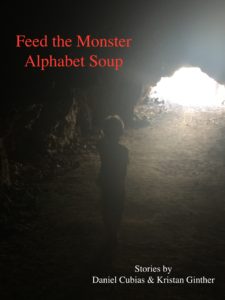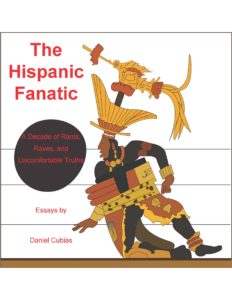As a rule, I don’t follow news stories that contain any of the following elements:
- Celebrity misbehavior
- Fashion do’s and don’ts
- Golf
- Young, pretty white women who go missing
I have to make an exception to this last category, however, by mentioning the Chandra Levy case. There are two reasons for this.
First, I have an odd personal connection to the incident. No, I never met the woman. But I vividly remember the day that she disappeared, in early 2001.
I was living in Los Angeles, and my wife and I had dinner plans with a co-worker who I thought might become a friend. But I clearly didn’t know him well.
The guy, henceforth called Crazy Eddie, was an acquaintance of Chandra Levy. But one would have thought that they were Siamese Twins by how much he played up the closeness of their relationship. Over dinner, he talked of nothing else but her disappearance, and he did so in a freeform, rambling manner that overwhelmed my wife and me.
I soon realized that what I had thought were Crazy Eddie’s good qualities at our job (ie, unlimited energy, passion for his work, extreme attention to detail) were actually the symptoms of a cackling mania. The guy couldn’t shut up, and he hatched conspiracy theories and metaphorical meanings and personal reflections that all centered on Levy’s disappearance, then swirled around each other and overlapped until none of us could figure out his original point.
It was, understandably, the only time my wife and I socialized with Crazy Eddie, and we vowed to never again dine with a madman. The last time I spoke to him, shortly before I left LA, he tried to enlist me in his scheme to fly to Washington DC and investigate Levy’s disappearance personally. He insisted that, with my help, he could find out what happened to her. I politely declined and then fled the state.
The second reason I’m thinking of Chandra Levy these days is because police apparently cracked the case last week. The alleged murderer is… yes, Latino… in fact, he’s an immigrant… from El Salvador, my family’s homeland… fuck.
This creepy guilt-by-association feeling is what I wrote about in a previous post. We have enough cultural baggage to carry without some moronic thug fulfilling stereotypes faster than Bill O’Reilly can spew them.
It is, of course, completely selfish to dwell on what this means to me and other Hispanics. But seriously, of all the imbecilic criminals to become national news, did it have to be the Salvadoran immigrant rapist-murderer?
In any case, I’m glad that Chandra Levy’s friends and family can find some comfort that her killer has been nabbed. But I have to wonder if, somewhere in LA, my old friend Crazy Eddie is babbling in his apartment, desperate to find a new outlet for his amazing powers of insight.

